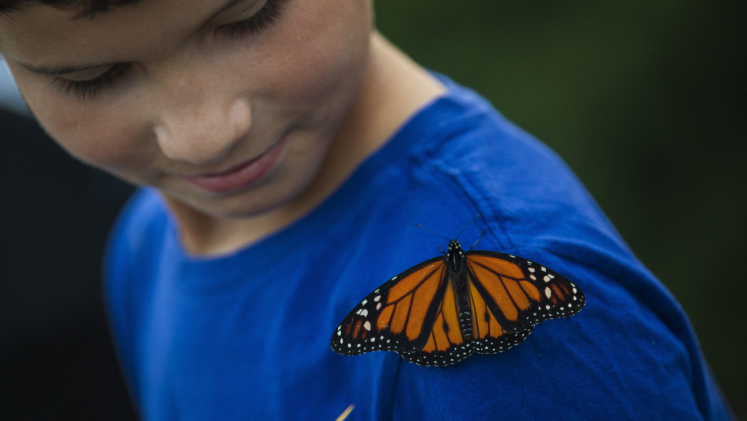The fate of several migratory species is hanging in the balance, says the first-ever State of the World’s Migratory Species report, unveiled during the Convention on the Conservation of Migratory Species of Wild Animals (CMS COP14). Human-induced pressures are identified as the primary root causes behind this crisis, with alarming implications for the health of our planet’s ecosystems. What is the current status of migratory species worldwide? And what role does interconnectivity play? Check out these five key findings about the current state of the world’s migratory species.
Alarm bells ring for the conservation of migratory birds
With around 40 per cent of migratory bird species facing population declines, the report highlights a concerning trend and emphasizes the urgent need for conservation efforts. Key threats to migratory bird species include factors like habitat loss, climate change, pollution and illegal hunting activities.
Migratory marine species are threatened with extinction
Marine animals such as sharks, turtles and whales are under severe pressure. The report reveals that over 30 per cent of marine mammals and 25 per cent of sharks and rays are threatened with extinction. Drivers of this threat include overfishing, pollution, habitat degradation and climate change.
The conservation of freshwater habitats is crucial for the protection of migratory fish
As much as 70 per cent of freshwater migratory fish species experience population declines. Like migratory birds and marine species, the decline is mostly due to habitat loss, pollution and climate change. Additionally, fish migration routes are disturbed by infrastructure barriers such as dams.
Human influences accelerate species extinctions
As indicated in the UNU-EHS Interconnected Disaster Risks report 2023, ecosystems are built on intricate networks of connections between different species. As such, the real risk of extinction may be much greater. Many species are highly interconnected and form strong, unique bonds with other species. The disappearance of one organism has ripple effects throughout the ecosystem and could trigger a “co-extinction” — the extinction of dependent species — setting off a chain reaction of extinctions that could end in the collapse of a complete ecosystem.
Transformative change is at the heart of successful conservation
It is not just migratory species that are struggling to survive. Both reports find that reducing species’ extinction risks can only be successful if human behavior and actions that drive biodiversity loss fundamentally change. Species can recover, but not without coordinated action at all levels to put an end to the exploitative use of nature and biodiversity.
The 2023 Interconnected Disaster Risks report analyses six interconnected risk tipping points, representing immediate and increasing risks across the world. A risk tipping point is reached when the systems that humanity relies on cannot buffer risks and stop functioning like expected, mainly caused by human actions. More information is available on the dedicated Interconnected Disaster Risks website.



